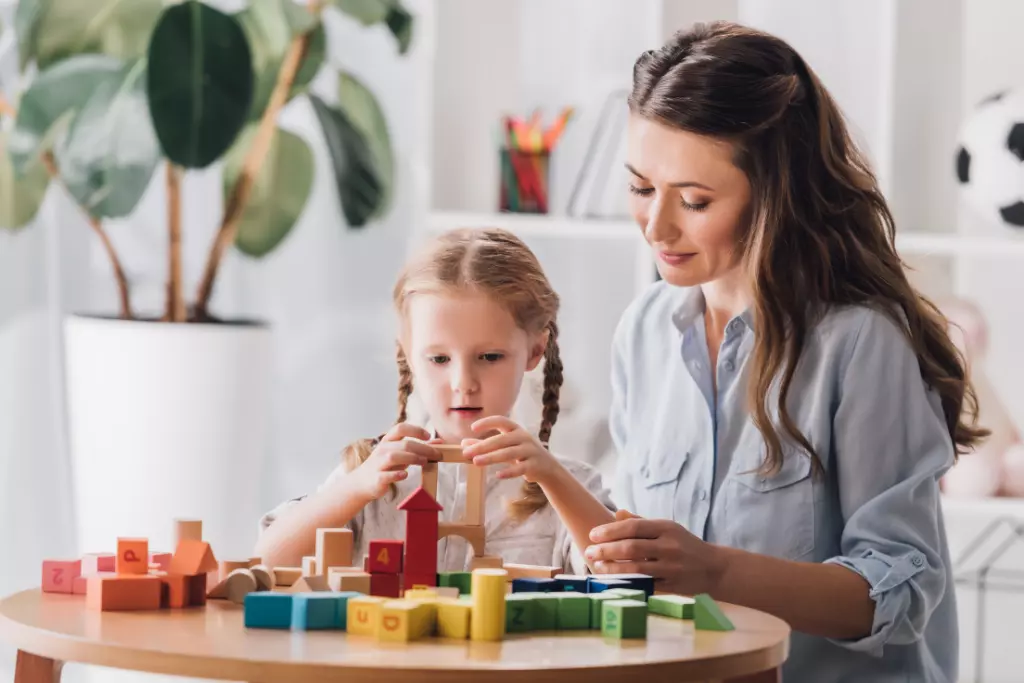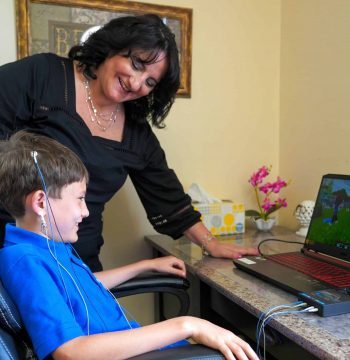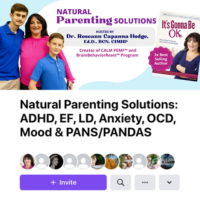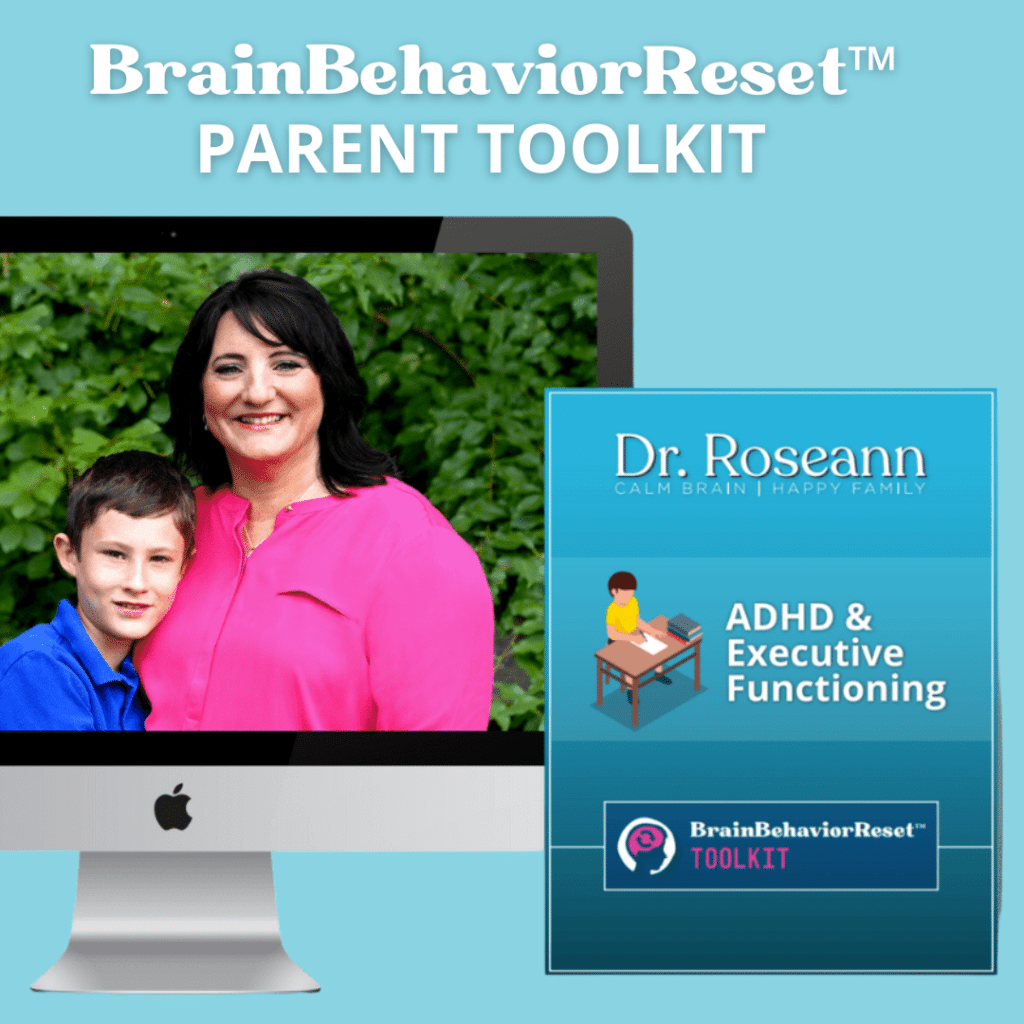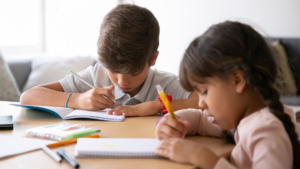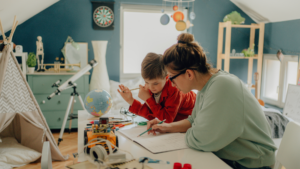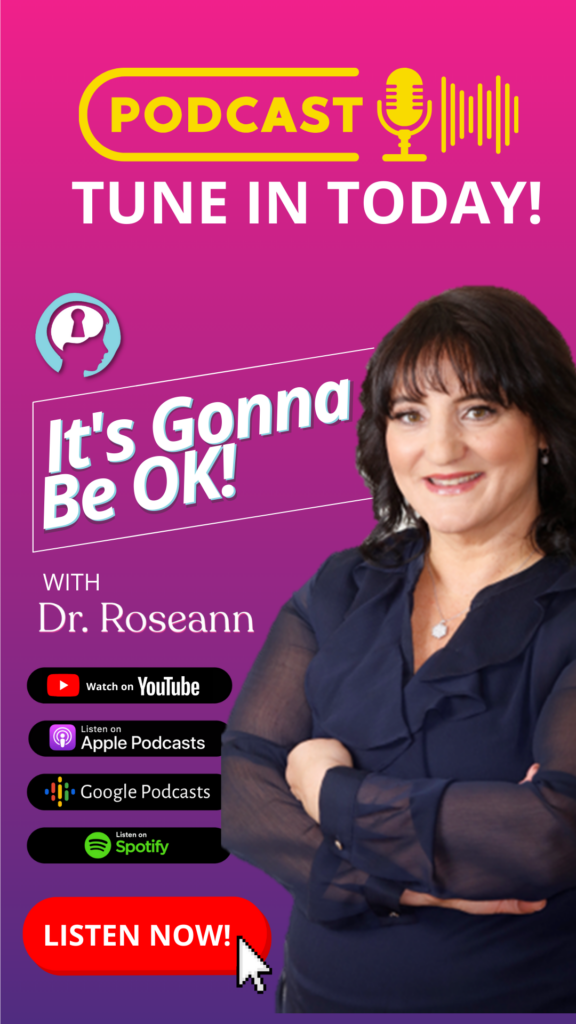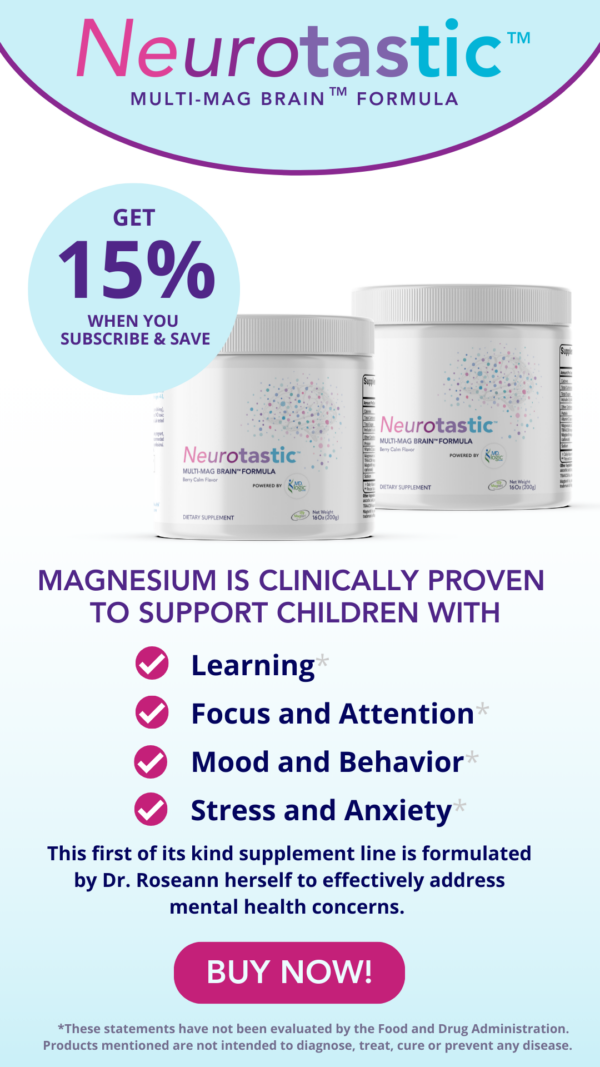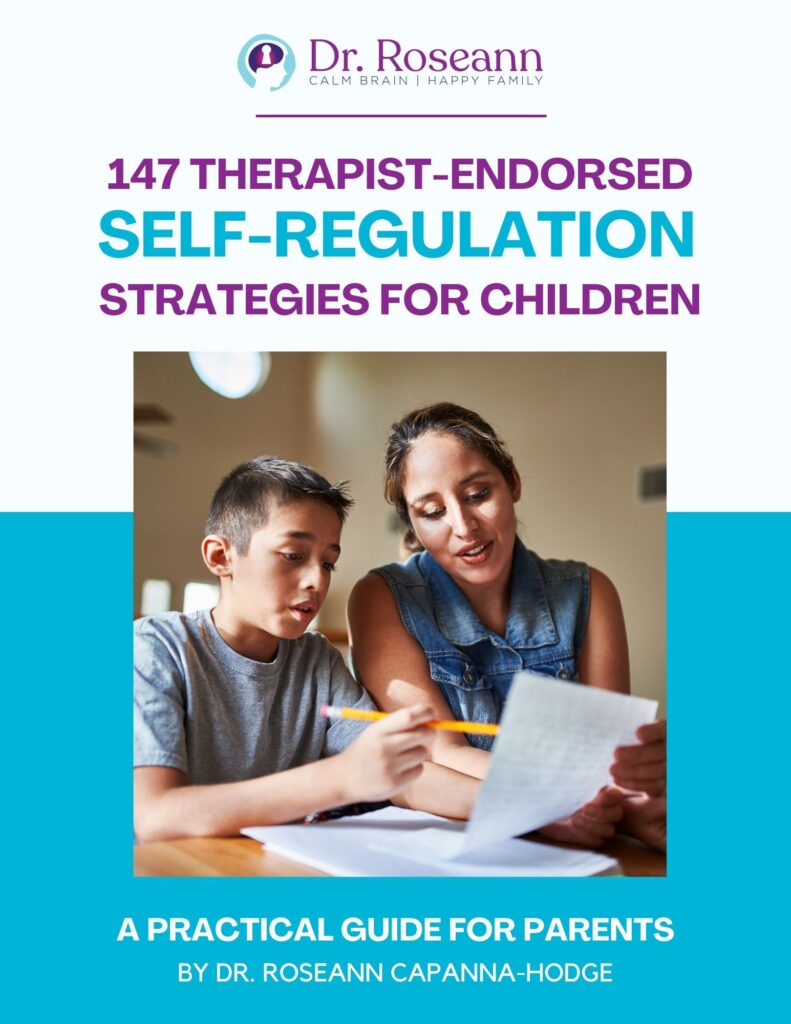Nonverbal Learning Disorder (NVLD) and Autism Spectrum Disorder (ASD) are two different disorders, although they may use similar therapies as forms of treatment. ASD involves a range of symptoms that often overlap with the signs of other neurodevelopmental and learning disorders, including attention deficit hyperactivity disorder.
Although NVLD doesn't have an official clinical diagnosis in the Diagnostic and Statistical Manual (DSM), kids meeting the diagnostic criteria for NVLD have a learning issue that impacts academic and social learning. Here's a closer look at these two disorders and their unique needs.
What is NVLD?
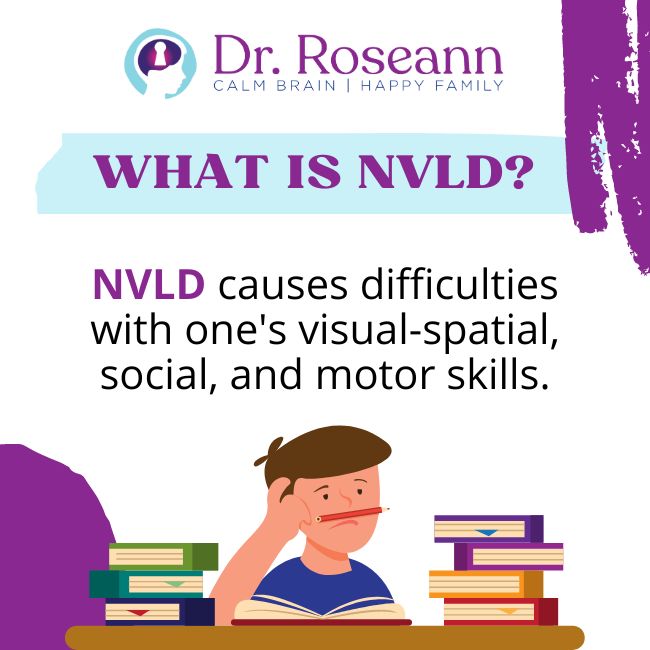
NVLD causes difficulties with one's visual-spatial, social, and motor skills. Children and teens with a non-verbal learning disability may speak and write well. They also may have a great vocabulary and expressive speech and language skills. However, they struggle with reading nonverbal social cues and have trouble understanding abstract concepts, especially in mathematics. Their visual-spatial skills are typically much weaker than their strong verbal skills.
The symptoms of NVLD may impact a child's output and learning skills. They experience unique challenges, particularly when it comes to social interaction struggles. For example, children with a nonverbal learning disability struggle to learn language and math concepts and notice visual and social patterns.
Symptoms of NVLD
Children with NVLD will suffer from specific symptoms, such as
- Ability to remember concepts but can't understand their importance
- Noticing the details but failing to see the big picture
- Reading comprehension issues
- Struggling with mathematical problem solving
- Uncoordinated and physically or socially awkward
- Messy handwriting
- Thinks literally and concretely
- Misreads situations and social cues
- Oblivious to the reaction of other people
- Changes conversation subjects abruptly
- Can't adjust to changes
- Problems organizing thoughts
What is Autism?
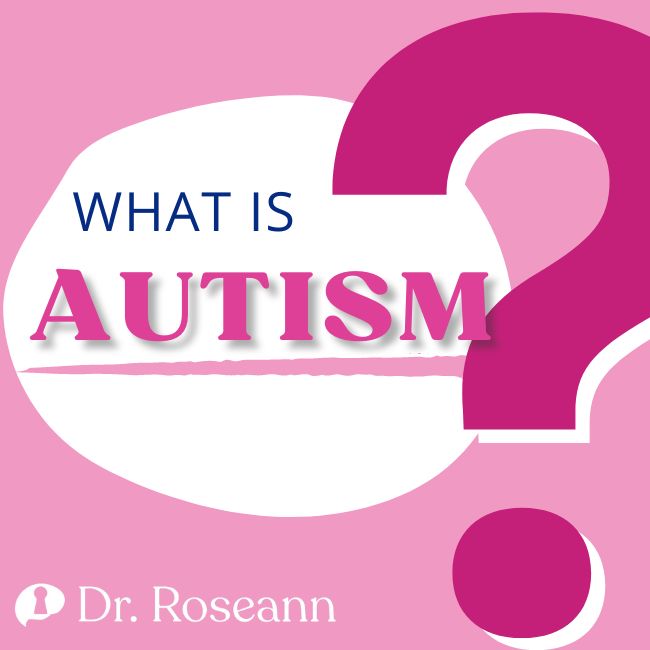
Children with ASD learn, communicate, interact, and behave in different ways than neurotypical kids. While autistic children may get the same diagnosis of ASD, their abilities and disabilities vary significantly. Hence, the pattern of assets and deficits occurs along a spectrum.
Some autistics may exhibit advanced conversational skills, while others display poor nonverbal learning. Unfortunately, there's a good number of children and teens with ASD that require significant support with their everyday tasks.
Some children with autism struggle with motor control, attention, and learning in all areas, and others have strengths that allow them to compensate in most areas. That means some autistics can live, learn and work with minimal support. There are even those that don't need any academic assistance at all.
For most children, the signs and symptoms of ASD start before they reach three years old and often impact a person throughout their life in some way, shape, or form. Treatment is necessary to improve their symptoms over time, and the earlier the treatment, the better the outcomes.
Common in autism is a pattern that these children tend to learn new skills and achieve developmental milestones up to 2 years of age. After this, they may stop learning new skills and may lose the ones they have. It is unclear why this happens, but recent research points to the overdevelopment of the emotional and visual systems of the brain, which causes the sensory system to overload.
Asperger's Syndrome
Of all the different variations of ASD, Asperger's Syndrome is the one closest to NVLD. Since 2013, Asperger's Syndrome is now classified as a form of autism after being a separate developmental disorder that affects a child's behavior and social communication skills.
Kids with Asperger Syndrome may have exceptional cognitive functioning skills but struggle when relating to others. They also exhibit rigid thinking patterns and repetitive behaviors. Most of the time, they feel like outsiders who are always trying to fit in but failing.
Mental health professionals refer to Asperger's Syndrome as high-functioning autism. Children with this syndrome usually have higher IQs than other kids who also belong to this broad spectrum. Their higher cognitive skills allow them to function efficiently at home, do school work, and contribute to their communities. Autistics can have areas of exceptionality that can make them highly valued employees in their areas of expertise.
Symptoms of Autism
Children diagnosed with ASD may exhibit several of the following symptoms:
- Minimal or inappropriate interaction in social situations
- Frequently talk about themselves or things that they are very interested about
- Bluntness or verbal impulsivity
- Can't understand emotions well
- Uses lesser facial expressions than other kids
- Unusual tone of voice, such as high-pitched, flat, loud, robotic, or quiet
- Failure to understand nonverbal communication, particularly body language, facial expression, and gestures
- Intense interest in particular subjects
- Gets upset at small changes in their routines
- Quickly memorize facts and information that interest them
- Uncoordinated, clumsy, and messy handwriting
- Problems managing emotions, leading to behavioral and verbal outbursts, self-injury, and tantrums
- Can't understand the perspectives and feelings of other people
- Hypersensitivity to textures, lights, and sounds
Similarities: NVLD vs. Autism
A non-verbal learning disorder is regarded as the cousin of autism, with one of its core areas being social difficulties, particularly reading nonverbal cues.
- Cognitive inflexibility
- Poor social skills
- Impulsivity
- Has a hard time making and keeping friends
- Disorganization
- Anxiousness
- Forgetfulness
- Gets easily distracted
- Difficulty with transitions
- Needs more time to complete tasks
Differences: NVLD vs. Autism
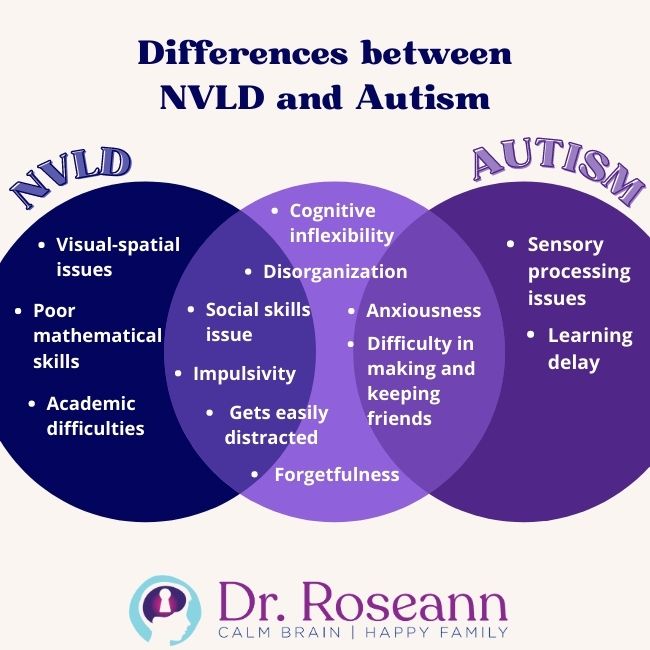
Parents often get very concerned about their kids getting the ASD diagnosis instead of NVLD. However, the important differences between these two disorders are:
- Children with NVLD have good verbal skills but poor visual processing, while autistic kids often have excellent visual processing.
- ASD is characterized by delays in learning, while NVLD involves academic problems or difficulties
- Motor skills issues in NVLD are caused by difficulties in their visual-spatial organization, while it is more of sensory processing difficulties in autism.
- Autistic kids are primarily visual learners, while children with NVLD learn better by listening.
- Teens with NVLD may have a higher level of social intelligence than autistic teens, although both experience social anxiety.
Overlapping Features: Nonverbal Learning Disabilities vs. Autism
Children with NVLD and those on the spectrum often exhibit overlapping features, which pose challenges for accurate diagnosis and appropriate intervention. While NVLD and Autism are distinct conditions, these shared characteristics are crucial for conducting thorough assessments and providing targeted support.
Social Communication Difficulties
One of the key areas of overlap between NVLD and Autism is social communication difficulties. Children with both conditions may struggle with understanding and interpreting non-verbal cues, such as facial expressions, body language, and tone of voice. As a result, they may find it challenging to engage in reciprocal social interactions and establish meaningful connections with peers and adults.
Executive Functioning Challenges
NVLD and Autism often involve difficulties in executive functioning, encompassing a range of cognitive processes essential for planning, organizing, and executing tasks. Children with both conditions may exhibit time management, organization, and problem-solving challenges, impacting academic performance and daily routines.
Rigid Thinking and Resistance to Change
NVLD and Autism can manifest in a preference for routine and resistance to change. Children with these conditions may find comfort in predictability, and experience heightened anxiety or frustration when faced with unexpected or unfamiliar situations.
Sensory Sensitivities
Another shared aspect is sensory sensitivities. Children with NVLD and Autism might be more sensitive to sensory stimuli, such as certain textures, sounds, or bright lights, leading to sensory overload and meltdowns.
Speech and Language Differences
While children with NVLD typically have strong verbal skills, they may still struggle with pragmatics, such as understanding sarcasm, jokes, or implied meanings. Similarly, individuals with autism might face challenges in communication, ranging from speech delays to difficulties in maintaining back-and-forth conversations.
Support for Children and Teens with NVLD

Children and teens with autism and NVLD need support and treatment options. However, the first step is to get a proper diagnosis. Kids with this disorder need help to improve their nonverbal skills and manage their severe social impairment. Schools may also support kids while in class to help address their learning challenges.
Cognitive Behavioral Therapy
Cognitive behavioral therapy, or CBT, helps kids deal with anxiety and other symptoms associated with these disorders. CBT is considered a widely accepted contemporary treatment. It is a very effective method for treating people with learning disabilities. In addition, evidence shows that it can help persons suffering from learning disabilities (Bekirogullari, 2018).
Occupational Therapy
Occupational therapy helps build one's tolerance to enhance a child's fine motor skills while improving coordination and outside experiences. Aside from gross and fine motor skills and coordination challenges, children with NVLD also experience writing and sensory processing issues. Occupational therapists can help significantly in these important areas (Schatz, 2013).
Social Skills Training
Social skills training and groups teach children and kids to handle their social problems, like greeting other people, joining conversations, responding to teasing, and recognizing social cues. It also helps them gain emotional regulation skills and coping skills.
PEMF Therapy
PEMF or Pulsed Electromagnetic Field Therapy. PEMF promotes cellular communication, which fosters self-healing and a calm, regulated nervous system. It reduces stress and supports secondary issues of autism, including anxiety, obsessions, compulsions, and rigidity.
A study by Harman (2019) on a series of five cases where kids with ASD were treated using transcranial PEMF revealed statistically significant improvements in total Autism Treatment Evaluation Checklist (ATEC) scores. Qualitative symptom improvements were also reported after pre- and post-treatment assessment.
As we navigate the complexities of these conditions, embracing neurodiversity and advocating for a world where every child can thrive regardless of their neurodevelopmental profile is crucial.
Through a combination of evidence-based therapies, brain-based interventions, and personalized care, the BrainBehaviorResetTM Program addresses the unique needs of each child to foster their brain health, resilience, and progress. With the right treatment plan, we can envision a world where our children's potential is limitless, and their brightest futures lie within reach.
Parent Action Steps
☐ Educate yourself on the characteristics of NVLD and Autism
☐ Observe your child's behavior in various settings for potential signs
☐ Collaborate with educators and therapists to create a support plan
☐ Provide a structured and predictable environment at home and school
☐ Enroll your child in social skills training for NVLD challenges
☐ Foster emotional intelligence through discussions and activities
☐ Support alternative communication methods if verbal communication is challenging
☐ Encourage positive peer interactions and friendships
☐ Nurture your child's strengths and interests to boost confidence
☐ Practice patience and empathy throughout their journey
☐ Take the Solutions Matcher to find the right treatment for your family
☐ Learn more about the Neurotastic Multi-Mag Brain FormulaTM for brain health
What is NVLD as opposed to autism?
NVLD, or nonverbal learning disorder, is characterized by specific challenges in non-verbal learning, such as visual-spatial deficits and difficulty interpreting nonverbal means of communication. This contrasts with autism, which includes broader issues like autism nonverbal and verbal learning difficulties. NVLD's primary focus on non-verbal cues and social interactions, including social cues meaning and definition, makes it distinct from autism, often categorized as a broader learning disability with a wider range of symptoms.
What are the primary symptoms of NVLD, and how do they manifest?
The primary symptoms of NVLD revolve around challenges in nonverbal aspects of learning. These include difficulties with visual-spatial processing, such as interpreting spatial relationships and visual information, and nonverbal learning disability symptoms like trouble with nonverbal problem-solving tasks. Furthermore, individuals with NVLD often find social interactions challenging, particularly in understanding and responding to non-verbal cues and body language, leading to a diagnosis of this specific nonverbal learning disorder.
Can you define a nonverbal learning disability like NVLD or NLD?
A nonverbal learning disability, such as NVLD or NLD, is characterized by significant difficulties in processing nonverbal cues and information. This encompasses challenges in interpreting nonverbal means like body language and facial expressions, leading to unique social interaction and learning difficulties. These disabilities are defined by their impact on the ability to understand and respond to non-verbal aspects of communication, distinctly affecting educational and social experiences.
What distinguishes NVLD from autism, and is autism considered a learning disability?
NVLD distinguishes itself from autism primarily in its focus on specific non-verbal learning challenges. While both affect social and communication skills, NVLD is particularly marked by difficulties in spatial awareness, understanding non-verbal cues like facial expressions, and social interaction nuances. Autism, recognized as a learning disability, encompasses a broader spectrum of symptoms, including challenges in both verbal and non-verbal communication, and can present with additional behavioral and social difficulties not typically associated with NVLD.
How can NVLD be defined in terms of non-verbal and verbal learning?
NVLD can be understood in terms of its contrast between verbal and non-verbal learning abilities. Individuals with NVLD typically demonstrate strength in verbal skills, such as reading and vocabulary, but encounter significant challenges with non-verbal cues, spatial processing, and visual-spatial tasks. This creates a unique learning profile where verbal competencies are offset by difficulties in non-verbal reasoning and comprehension, crucial for everyday social interactions and certain academic tasks.
What is the meaning of nonverbal in the context of NVLD?
In the context of NVLD, “nonverbal” pertains to challenges with aspects of communication that don't involve spoken words. This includes difficulty in interpreting and appropriately responding to body language, facial expressions, and various social nuances. It encompasses a range of social and cognitive skills that are vital for effective interpersonal interactions and understanding implicit communication in everyday life.
Are there specific learning disabilities related to NVLD in the ICD-10?
NVLD, although not explicitly listed in the ICD-10, shares symptoms with other learning disabilities that are categorized within this diagnostic tool. The ICD-10, a comprehensive classification system for medical conditions, includes various learning disabilities that can exhibit overlapping characteristics with NVLD, particularly in areas affecting cognitive and social development. This overlap suggests that NVLD, while not separately classified, is recognized in the broader context of learning disabilities.
What are the implications of NVLD for social cue comprehension and verbal processing?
NVLD significantly affects social cue comprehension and verbal processing. Individuals with this disorder often struggle to interpret social cues like body language and facial expressions. This difficulty can hinder effective communication, necessitating additional support in verbal processing skills to manage social interactions successfully.
How is NVLD diagnosed in adults and what are the symptoms?
Diagnosing NVLD in adults requires identifying distinct symptoms that impact social interactions and the understanding of nonverbal cues. While some symptoms may overlap with autism, they require a specialized diagnostic approach due to their distinct nature in NVLD. This process ensures a tailored understanding and management of the disorder.
How does NVLD affect nonverbal communication in adults?
In adults, NVLD can significantly impact nonverbal communication, leading to challenges in social interactions and misunderstandings in social settings. This difficulty primarily arises from an inability to accurately interpret and respond to nonverbal cues like body language and facial expressions.
Can NVLD co-exist with conditions like ADHD, particularly in spatial awareness?
NVLD can also co-exist with conditions like ADHD. This comorbidity often exacerbates difficulties, particularly in spatial awareness and executive functioning, leading to compounded challenges in areas like organization, task management, and interpreting spatial information, as well as challenges with emotional regulation.
What do verbal mean?
“Verbal” refers to communication that involves spoken or written words. It encompasses language-based communication, both oral and written.
What are the five c's of verbal communication?
The five c's of verbal communication include clarity, conciseness, consideration, concreteness, and courtesy. These principles are essential for effective verbal communication in various contexts.
What is nonverbal learning disorder?
Nonverbal Learning Disorder is a condition that involves challenges in processing nonverbal cues and information, affecting social interactions and learning.
What is NVLD?
NVLD stands for Nonverbal Learning Disorder, a condition characterized by specific challenges in non-verbal learning, spatial awareness, and social interactions.
What is NLD?
NLD stands for Nonverbal Learning Disability, which is characterized by difficulties in processing nonverbal cues and information.
Is autism a learning disability?
Autism is considered a learning disability, encompassing a wide range of symptoms, including challenges in social and communication skills.
What is nonverbal?
“Nonverbal” refers to communication that does not involve spoken or written words. It includes body language, facial expressions, and other non-linguistic forms of communication.
What does it mean to be nonverbal?
Being nonverbal means having difficulty using spoken or written words for communication.
What is the ICD-10 code for ASD?
The ICD-10 code for ASD (Autism Spectrum Disorder) is used for diagnostic and billing purposes in healthcare and is a part of the International Classification of Diseases (ICD) coding system.
Citations
Bekirogullari, Z. (2018). Cognitive Behavioural Therapy in treating persons with learning disabilities. Journal of Educational Science and Psychology. https://files.eric.ed.gov/fulltext/ED593577.pdf
Always remember… “Calm Brain, Happy Family™”
Are you looking for SOLUTIONS for your struggling child or teen?
Dr. Roseann and her team are all about solutions, so you are in the right place!
There are 3 ways to work with Dr. Roseann:
Dr. Roseann is a Children’s Mental Health Expert and Licensed Therapist who has been featured in/on hundreds of media outlets including The Mel Robbins Show, CBS, NBC, PIX11 NYC, Today, FORBES, CNN, The New York Times, The Washington Post, Business Insider, Women’s Day, Healthline, CNET, Parade Magazine and PARENTS. FORBES called her, “A thought leader in children’s mental health.”
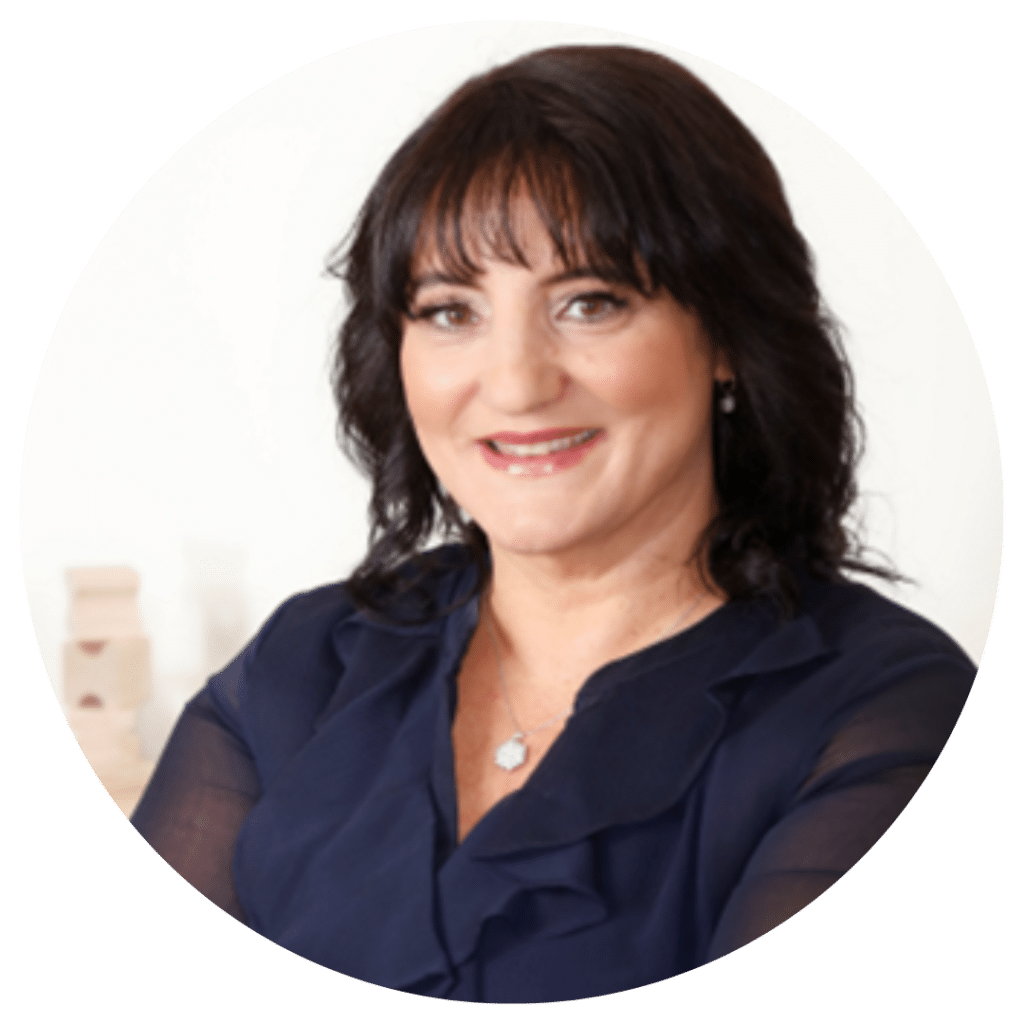
She coined the terms, “Re-entry panic syndrome” and “eco-anxiety” and is a frequent contributor to media on mental health.
Dr. Roseann Capanna-Hodge has three decades of experience in working with children, teens and their families with attention-deficit hyperactivity disorder (ADHD), autism, concussion, dyslexia and learning disability, anxiety, Obsessive Compulsive Disorder (OCD), depression and mood disorder, Lyme Disease, and PANS/PANDAS using science-backed natural mental health solutions such as supplements, magnesium, nutrition, QEEG Brain maps, neurofeedback, PEMF, psychotherapy and other non-medication approaches.
She is the author of three bestselling books, It’s Gonna Be OK!: Proven Ways to Improve Your Child's Mental Health, The Teletherapy Toolkit, and Brain Under Attack. Dr. Roseann is known for offering a message of hope through science-endorsed methods that promote a calm brain.
Her trademarked BrainBehaviorResetⓇ Program and It’s Gonna be OK!Ⓡ Podcast has been a cornerstone for thousands of parents facing mental health, behavioral or neurodevelopmental challenges.
She is the founder and director of The Global Institute of Children’s Mental Health, Neurotastic™Brain Formulas and Dr. Roseann Capanna-Hodge, LLC. Dr. Roseann is a Board Certified Neurofeedback (BCN) Practitioner, a Board Member of the Northeast Region Biofeedback Society (NRBS), Certified Integrative Mental Health Professional (CIMHP) and an Amen Clinic Certified Brain Health Coach. She is also a member of The International Lyme Disease and Associated Disease Society (ILADS), The American Psychological Association (APA), Anxiety and Depression Association of America (ADAA) National Association of School Psychologists (NASP), International OCD Foundation (IOCDF).
© Roseann-Capanna-Hodge, LLC 2023
Disclaimer: This article is not intended to give health advice and it is recommended to consult with a physician before beginning any new wellness regime. *The effectiveness of diagnosis and treatment vary by patient and condition. Dr. Roseann Capanna-Hodge, LLC does not guarantee certain results.

